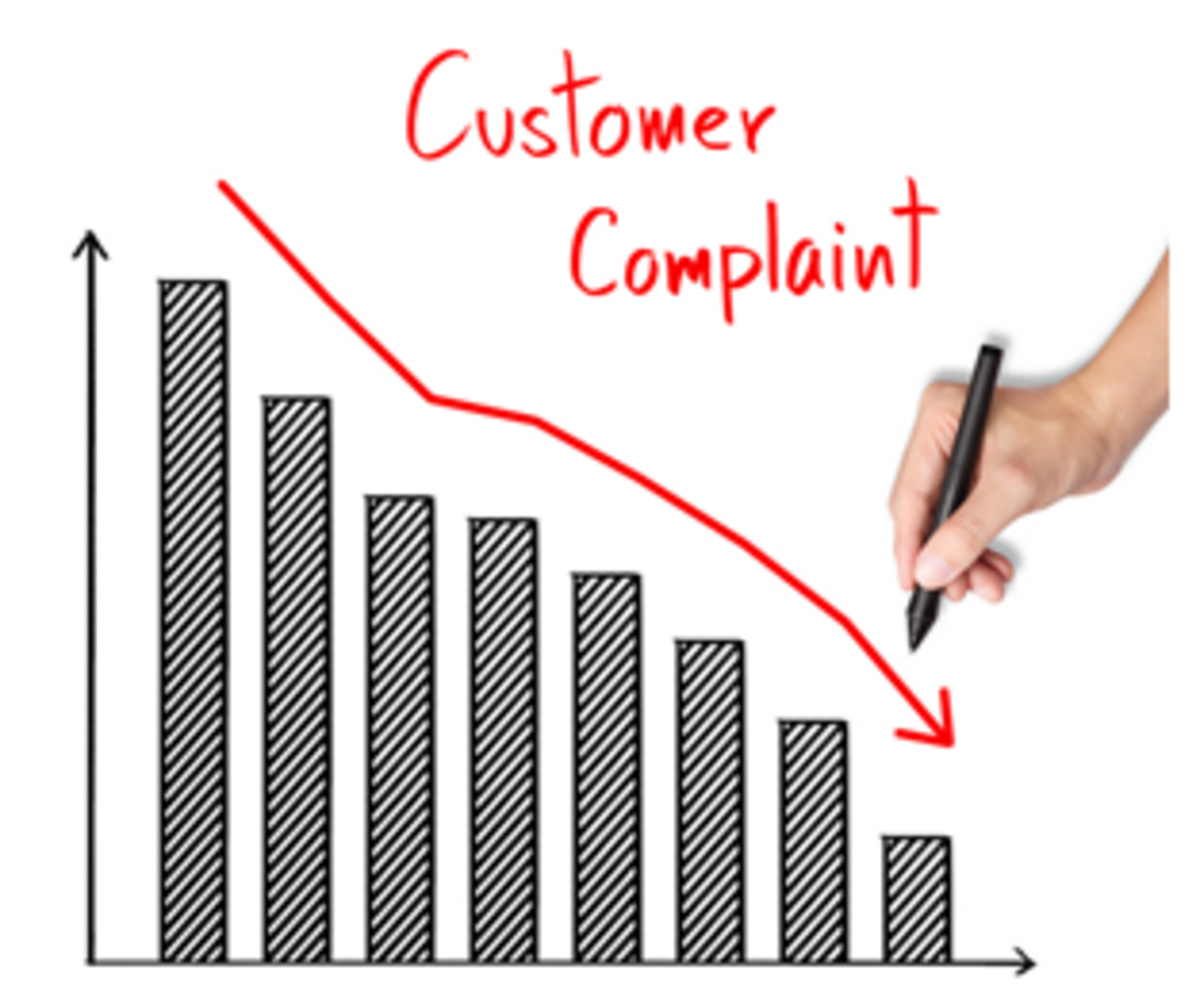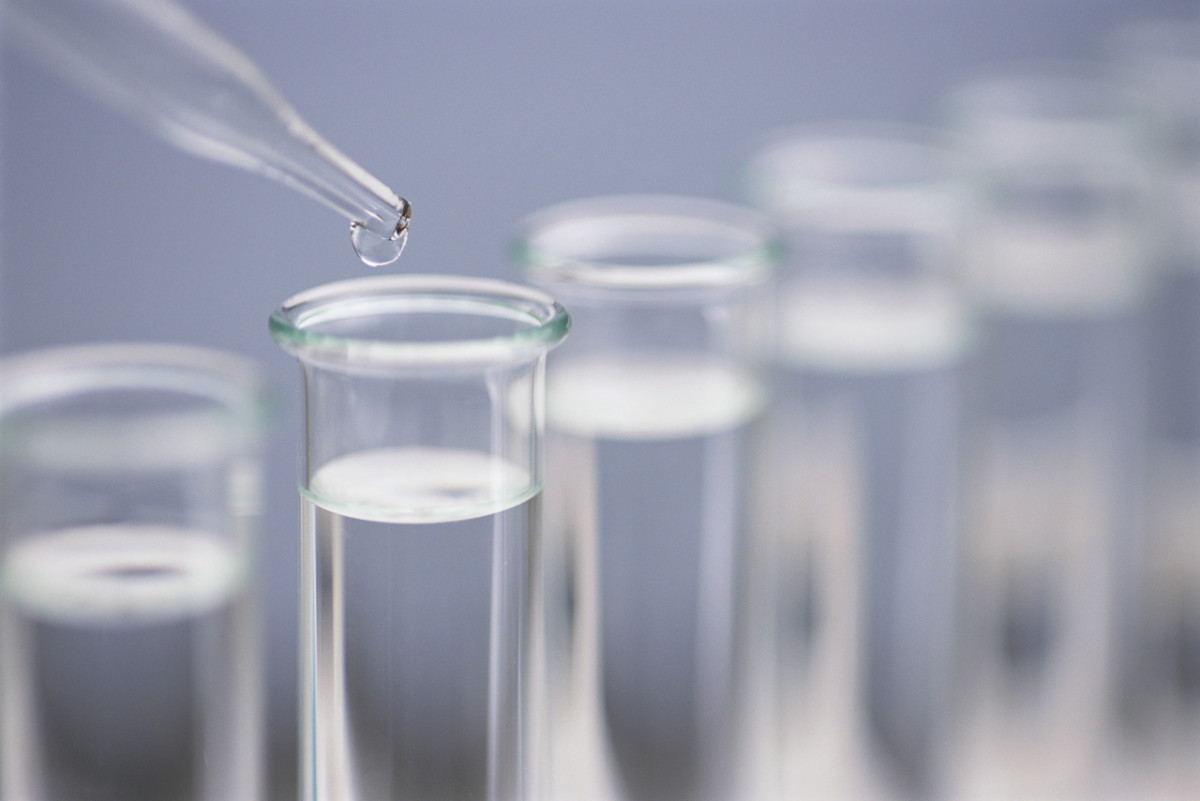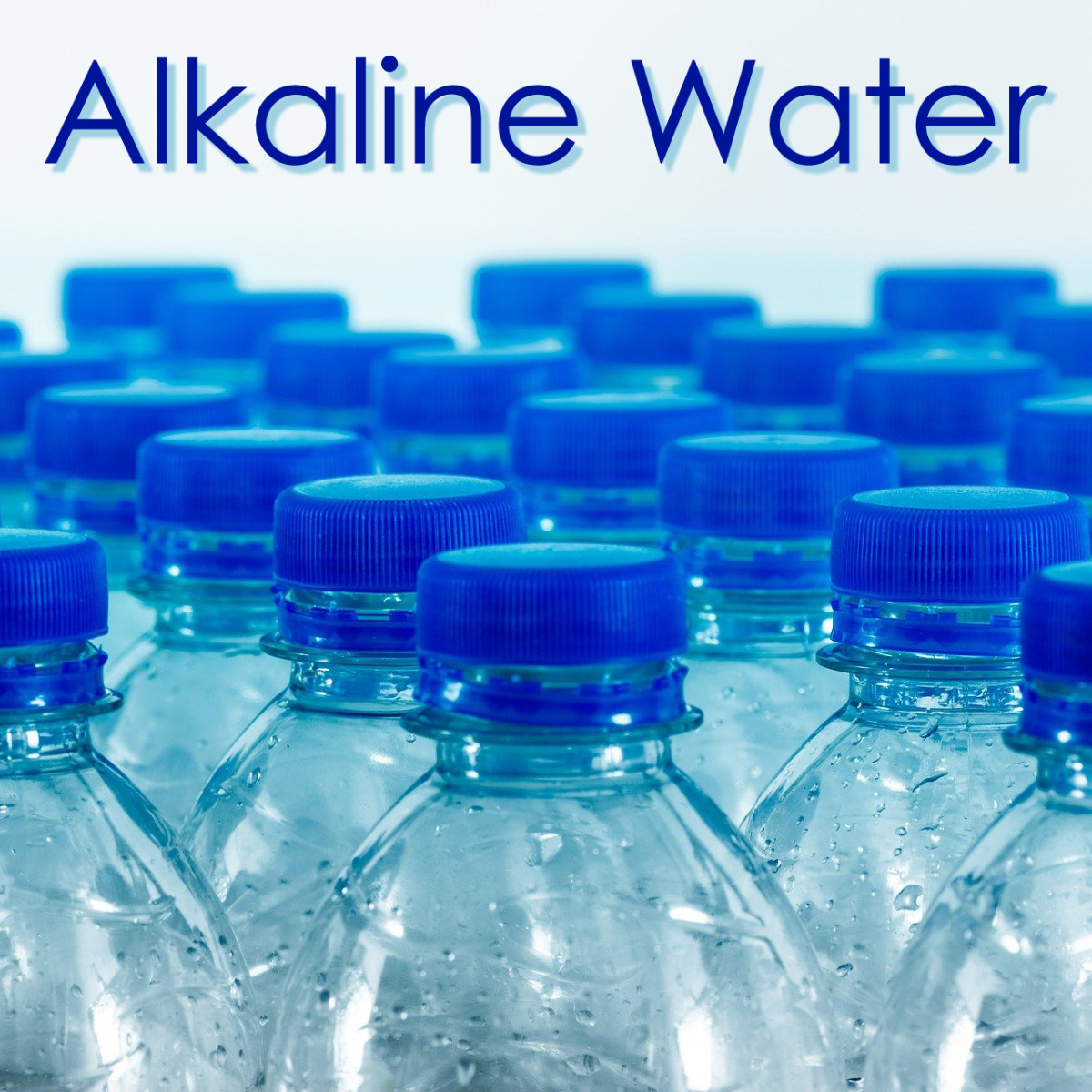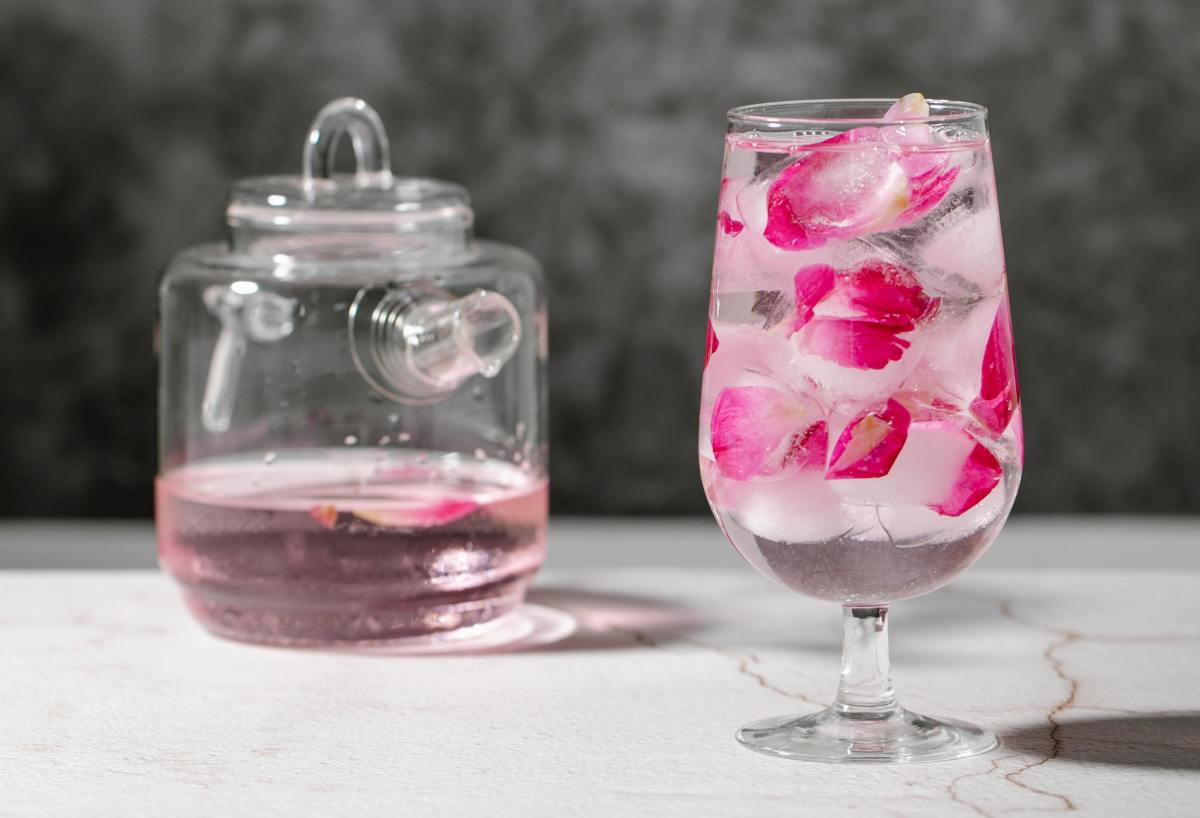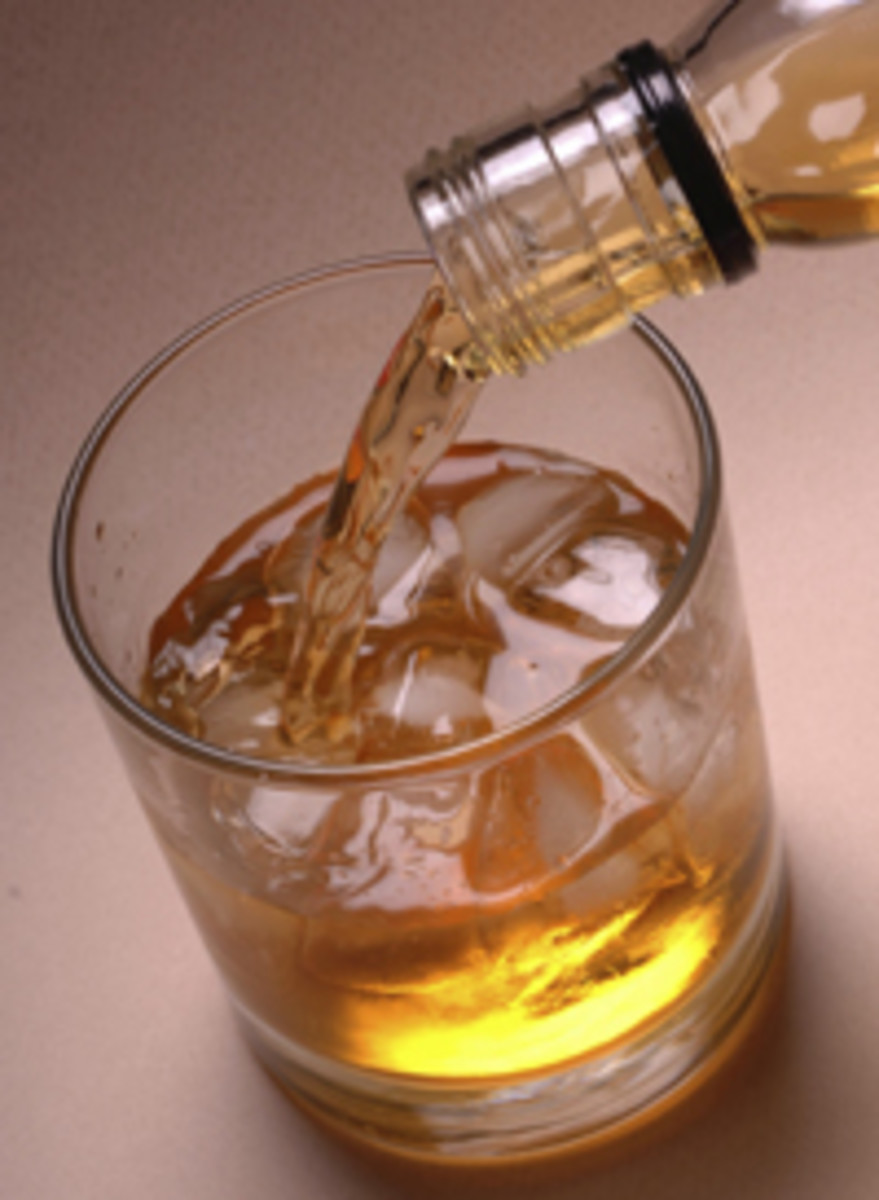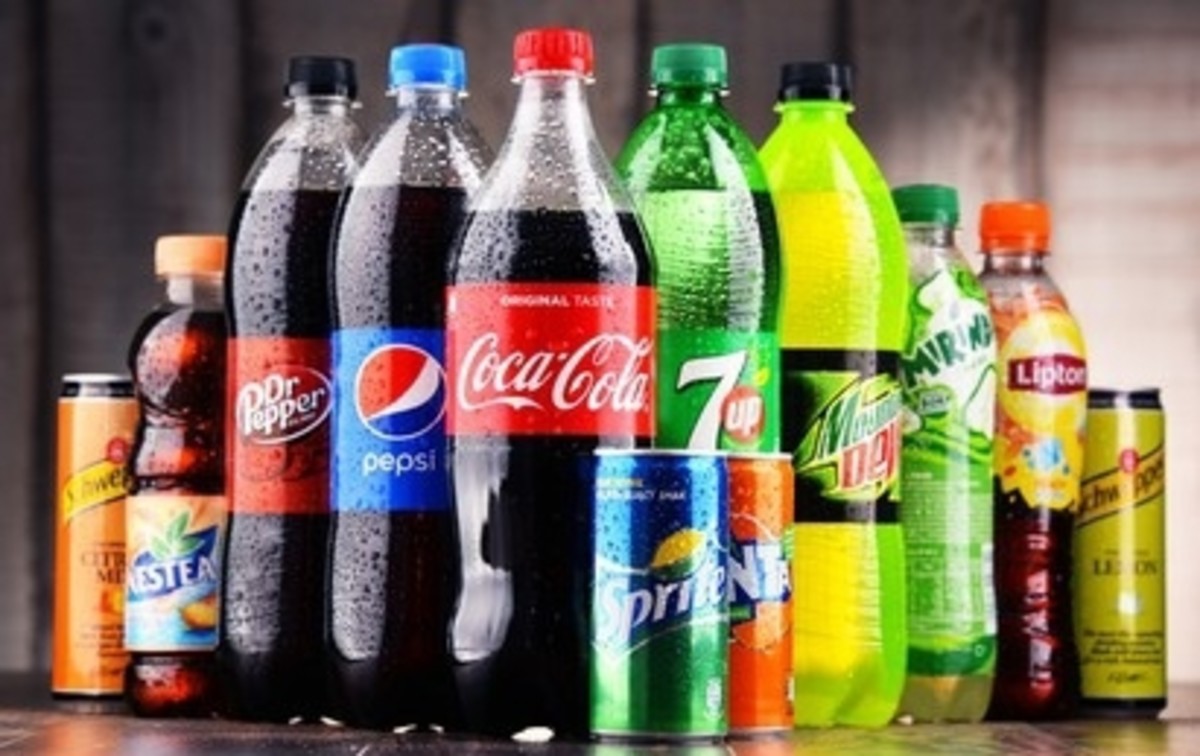Drinking Water Options
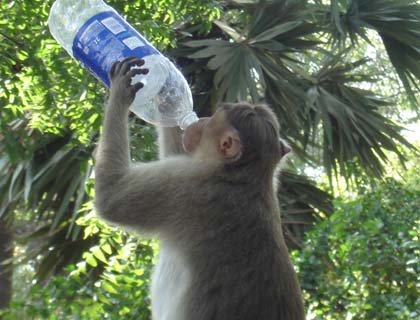
Drinking water may contain two types of contaminants; biological and chemical. In order to have pure and safe potable water, we must be sure that it is free from both type of contaminants. There are basically three options which may be called as reliable, with reference to Pakistan as here the tap water is not among the options. Since nothing is perfect and no one solution is always suitable for everyone, a detailed analysis regarding advantages and disadvantages may help ordinary customer to decide, which is the best option for them in terms of; cost, maintenance requirements, availability, convenience, quality etc. Following are the three options along with price reference.
- Bottled Water (usually marketed in 16~19 liter reusable bottles). Rs: 130/19 Liter.
- Four Component Water Filter with Reverse Osmosis- Rs: 37,000/-.
- Atmospheric Water Generator (NEW-producing water through condensation process).Rs: 100,000/-
1. BOTTLED WATER.
Since the bottled water is marketed by some high profile companies at a fairly high price, it is considered as the most reliable source of drinking water but is it? A lot of research has been done by some very renowned health and environmental organizations in USA and they have their reservations, regarding the safety of bottled water. Some even claim that tap water is better than the bottled water. Another common perception about bottled water is that since it is “Mineral Water” it must be good for health. This common belief is surprisingly been challenged by the W.H.O. Let’s look at the pros and cons of Bottled Water.
Advantages:
- Bottled Water is undoubtedly better than the tap water supplied in Pakistan.
- In areas where the tap water is saline like Clifton/D.H.A. etc., people naturally prefer it as they get soft non saline water at their door step.
Disadvantages:
- Bottled water companies may not necessarily be following strict international standards here in Pakistan like changing semi-permeable membranes of RO systems as per recommendation or checking quality. News regarding the poor quality of bottled waters has appeared several times in national newspapers.
- The washing of re usable bottles may not be up to standard and they may not be drying the bottle before refills.
- The bottles may not be properly rinsed and some quantity of disinfectant may be left inside, whose continuous exposure may be harmful to health.
- Some times broken bottles are repaired by Epoxy or other bonds which may be harmful to health.
- There is a popular belief that reuse of PET bottles may expose consumers to a carcinogenic compound called DEHA. Although not yet been fully proved but a lot of health organizations think that this may be true.
- Research says that reuse of PET bottles may expose consumers to depository chemical compounds on which little toxicity data is yet available.
- And not to mention that some suppliers/dealers/retailers and businesses that serve like restaurants, may put normal tap water and fix a sealed cap through a cap fixing machine. Anything is possible in a country where even pharmaceutical drugs can be bogus.
- The mineral water and its benefits claimed by Bottled Water Cos. may be a myth as WHO does not buy that argument. Besides, we get all those mineral compounds from food in much more proportions so, there is no need for them to be present in drinking water.
- The price of a premium 19 liter bottle is around Rs: 130/- which is quite expensive.
Supportive Evidence Regarding Disadvantages:
Those who buy bottled water because it is mineral water which contains a certain composition of different vital mineral compounds, trace elements etc., that are necessary for health, should read what the WHO has to say about Mineral Water Brands.
"WHO is unaware of any convincing evidence to support the beneficial effects of consuming such mineral waters. As a consequence, WHO Guidelines for Drinking-water Quality do not make recommendations regarding minimum concentrations of essential compounds."
http://www.who.int/mediacentre/factsheets/fs256/en/index.html
Article in New York Times:
"Some people drink bottled water because they think it tastes better, others because they think it confers special status. But most people drink it because they believe it is safer than tap water. Is it? A new study by the Natural Resources Defense Council, an environmental advocacy group, says that some bottled water contains contaminants and chemicals and that ''blanket reassurances from the industry that bottled water is totally safe and pure are false.'' The group recommends tighter Federal oversight as well as a higher standard of truth in advertising."
http://www.nytimes.com/1999/04/07/opinion/truth-in-bottling.html
Article in USA Today:
By Jeff Donn, Associated Press
Tests on leading brands of bottled water turned up a variety of contaminants, including cancer-linked chemicals three times higher than California's health standard, according to a study released Wednesday by an environmental advocacy group.
The findings challenge the popular impression — and marketing pitch — that bottled water is purer than tap water, the researchers say.
http://www.usatoday.com/money/industries/food/2008-10-15-bottled-water_N.htm
Regarding reuse of Pet bottles:
Abstract of Meeting Paper - Society for Risk Analysis 2001 Annual Meeting
D. Lilya, University of Idaho Environmental Engineering Program
This study identified and quantified migration compounds from reused PET bottles and evaluated both non-carcinogenic and carcinogenic risks. A preliminary survey of the university community found that 88% of the participants reused polyethylene terephthalate (PET) plastic bottles used for bottled water, some for as long as six months. These bottles are not made or regulated for reuse and may not possess the physical characteristics necessary to be safely reused. Bottles are only approved for a single use and the long-term safety of bottle reuse has not been investigated.
Reuse of PET bottles may be increasing organic chemical migration into the water being consumedand consumers may be exposing themselves to elevated levels of migration compounds for which few toxicity data exist.
http://defendingwaterinmaine.org/media/?p=845
2. FOUR COMPONENT HOME WATER FILTER
The four component water filters are still not that wide spread as the Reverse Osmosis unit has only been added recently to the previously sold 3 component filters. Following is a brief description of the four components.
· Sediment Filter. (filters sediments, silt, dust particles etc.)
· Reverse Osmosis (filters and convert hard water into soft water)
· Activated Carbon Filter. (filters contaminants left by RO filter)
· Ultra Violet Filter. (kills micro organisms)
The addition of an RO unit has no doubt increased the quality of water produced by a home/office based water filtration unit. The main problem with the 3 component filter was that it did not convert hard water into soft water as there is no wastage factor in them. All water entering a filter leaves the filter as potable water. Whereas in Reverse Osmosis, more than half is flushed out as waste water and rest is made available as soft filtered water.
Advantages:
- It filters water at POU (point of use) and thus eliminates any chance of contamination during storage or supply.
- It does not consume much electricity except for the small amount consumed by the UV lamp.
- It makes available a lot more water then any other option and is very usefull in case of an extra ordinary requirement.
- It is the cheapest option out of the three under discussion in terms of per liter cost.
Disadvantages:
- The four stage filter that is marketed in Pakistan right now costs around Rs: 37,000/ which is not affordable by all.
- Neither the RO nor the Activated Carbon Filter is completely fool proof and may leave some quantity of contaminants. The companies marketing them claim that it “reduces” levels of harmful chemical contaminants like; Lead, Arsenic, Silica, Mercury etc. They themselves claim to produce 99.99 percent pure water and not 100%.
- The RO membrane usually has a life of around 36 weeks and comes at a cost of 100 ~300 dollars. This should be kept in mind as this means a certain amount of depreciation per month.
3. ATMOSPHERIC WATER GENERATOR
This is something new especially for the Pakistani consumers. Although the RO filter inclusion in the already popular 3 component water filters is also new but an AWG is so new that no company presently markets it right now in Pakistan. It produces water through condensation process. Infect the technology is not new but its usage is new, as it works on the same principal as an air conditioner works, only the objective is different. In case of an A/C, the objective is to obtain a cool atmosphere, where as in AWG it is to obtain water. In case of an A/C water is generated as a by product which is wasted but here that water is the main product and cool and dry air is wasted as by product.
By increasing the surface area of condenser and using a timer to shut off the compressor periodically, the efficiency has been increased both in terms of more water and less electricity consumption. The units presently available all over the world are not just water generators but they are fitted with 3 or 4 component water purifiers. Some even have water cooling options. The shape and size is same like any common water dispenser only they are a foot higher. Following are the advantages and disadvantages of this new gadget.
Advantages:
- It is by far the most reliable source of water, when it comes to contamination. Considering the fact that even the FDA in USA claims that there are some 2100 different kinds of chemical compounds, which have been found in tap water supply. One can easily imagine how many and in what proportion they may be present in a country like Pakistan where the industrial waste management is not much effective. Water produced by an AWG may come at a price even higher than the premium bottled water but if anyone can afford it, this is the safest source of drinking water. We must keep in mind that even the premium waters are also not spring waters collected from high altitudes but tap water processed through RO units.
- It produces water from air which does not contain deadly biological or chemical contaminants. Please note that neither the Activated Carbon Filter nor does the Reverse Osmosis Filter assures 100% filtering so, the lesser the amount of contaminats the less would be the chance of them ending up in your pot.
- It has great utility at far flung locations like oil and mineral exploration sites, military posts, hill top rest houses etc. where cost of transporting potable water is very high.
Disadvantages:
- The initial investment of purchasing a unit is Rs: 100,000/- which is way expensive.
- The electricity cost may increase with rising electricity tariff, which could make it, not a feasible option.
- The system may require maintenance like cleaning, changing of RO membrane, activated carbon filters etc., which the bottled relieves from.
- When the humidity level drops, especially in dry spells during the winter, the productivity may be affected.
- An average AWG produces only 20 liters per day which makes it not an option for large families, where the consumption is much higher.
- This is still not yet available in Pakistan (although any one can import and market it from China).
WRITER’S OPINION:
After going through the different options, we may now conclude that the water generated from an AWG is the best but why buy an expensive AWG, when we could collect water produced by A/Cs and filter it with a 3 or 4 component filtration system. We may only need to make small changes in the A/Cs like replacing the tray with a stainless steel tray and a new bucket with a lid to store the water. A pipe from the stainless steel tray will carry the water into the bucket passing through the small hole in the lid of the bucket. An average 1800 btu A/C may produce around 20 liters in twelve hours. Karachi is the ideal place for obtaining water from condensation as the humidity level is above 70%, most part of the year.

